DENTAL PULP STROMAL CELLS FOR THE TREATMENT OF PARKINSON’S DISEASE
INTRODUCTION: Mesenchymal Stromal Cells (MSCs) are adult cells with self-renewal capacity, the ability to differentiate into several cell types, and extensive paracrine and immunomodulatory activity. Dental tissues are a rich source of MSCs, including Dental Pulp Stromal Cells (DPSC). DPSC are particularly studied because they have the same embryonic origin as neurons, the ectoderm, and exhibit neuronal markers before being induced to differentiate. These characteristics make DPSC cells that can be used as an alternative therapy for neurodegenerative diseases. While cell-based therapies have demonstrated promising outcomes, there is a growing interest in using cell-derived materials for therapeutic purposes. Extracellular Vesicles (EVs) are particularly advantageous in regenerative medicine due to their enhanced safety profile compared to MSCs. EVs play a pivotal role in cellular communication by transporting biomolecules that can modulate the microenvironment. Given the limited natural yield of EVs, inducing the release of membrane vesicles from cell surfaces is a viable alternative. However, optimizing isolation methods and testing various techniques are crucial first steps. AIMS: This study aims to characterize and compare natural and Cytochalasin B-induced EVs derived from DPSC. MATERIALS AND METHODS: Cells were isolated and cultured until the fourth passage and were immunophenotypically characterized by flow cytometry. For EV isolation, differential centrifugation, including ultracentrifugation, was used. Cytochalasin B was employed to induce EV release. The size and concentration of EVs were assessed by Nanoparticle Tracking Analysis (NTA) using Nanosight (LM14C). Protein concentration was determined using Qubit 4.0 Fluorometer, while Transmission Electron Microscopy (TEM) was employed to examine the morphological features of the EVs. RESULTS: DPSC exhibited fibroblast-like morphology and plastic adherence. Immunophenotypic characterization showed positive expression for CD29, CD73, CD90, and CD105, with reduced expression for CD14, CD19, CD34, CD45, and HLA-DR. Viability was confirmed with 7-AAD (3.72%) and Annexin V (2.2%), indicating low apoptosis levels. DPSCs secreted EVs with an average of 4.17x10E08 ±4.41x10E07 particles/mL for ultracentrifugation and 9.98x10E10 ±1.08x10E07 particles/mL for cytochalasin B isolation. Transmission Electron Microscopy revealed spherical, bilipid membrane structures typical of EVs. Detailed morphological features were observed at an acceleration voltage of 100 kV, confirming exosome characteristics. FINAL CONSIDERATIONS: The study demonstrates that EVs derived from DPSC, both naturally secreted and induced by Cytochalasin B, exhibit promising characteristics for regenerative medicine applications. The use of differential centrifugation and Cytochalasin B induction significantly enhances EV yield, providing a robust method for EV isolation. These findings highlight the importance of optimizing isolation protocols and culture conditions to maximize the therapeutic potential of EVs in regenerative medicine. Given the embryonic origin of DPSC and their inherent neuronal markers, the EVs derived from these cells hold significant potential for the treatment of neuronal diseases, including Parkinson’s disease, offering a novel therapeutic avenue for neurodegenerative conditions. The ability of DPSC-derived EVs to potentially support neuronal survival and function underscores their promise as a treatment strategy for neurodegenerative diseases such as Parkinson’s disease.
KEYWORDS: 1. Cell-Derived Materials; 2. Regenerative Medicine; 3. Isolation Methods; 4. Ultracentrifuge; 5. Cytochalasin B




